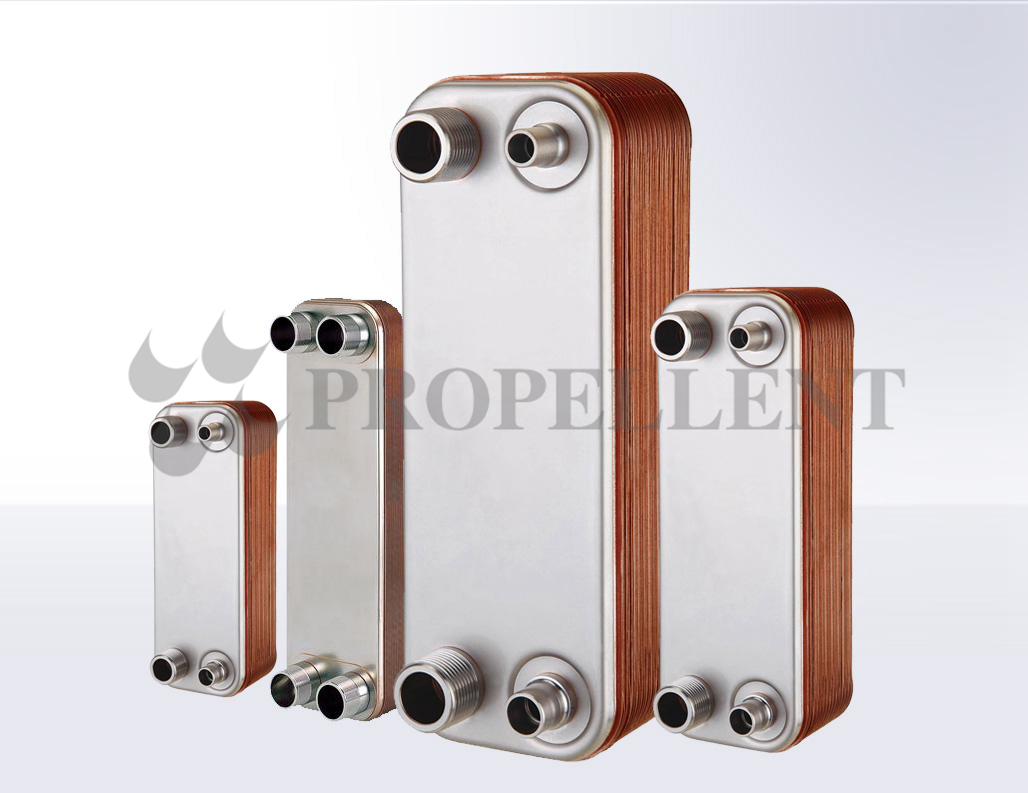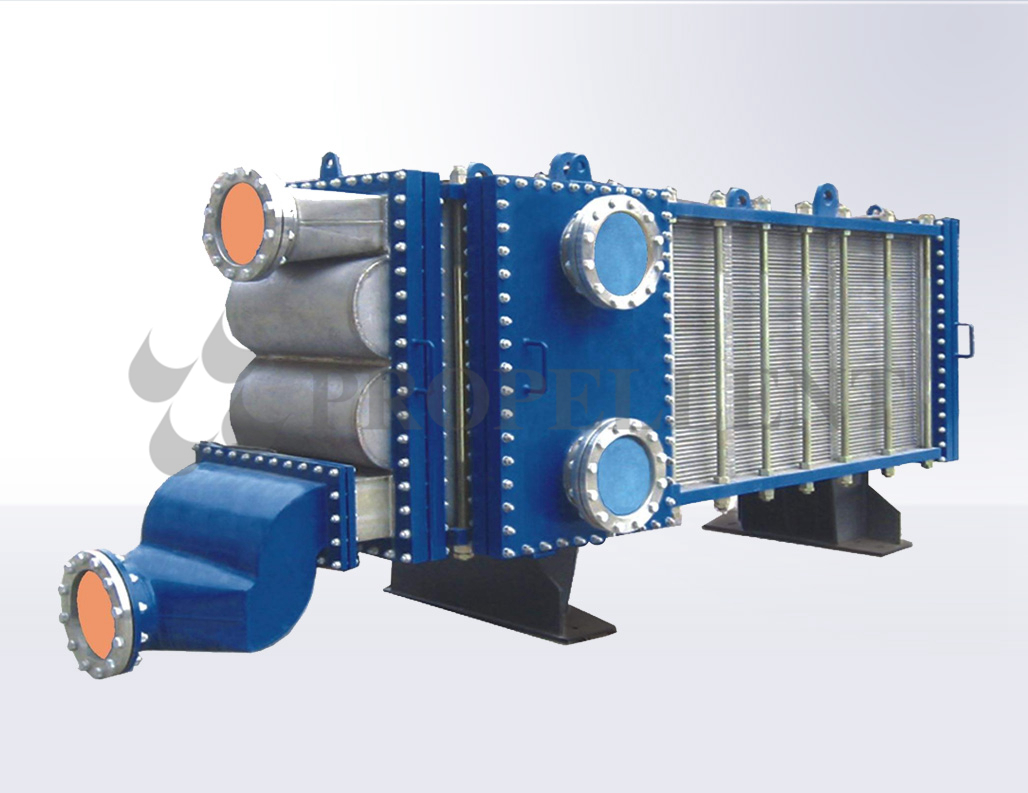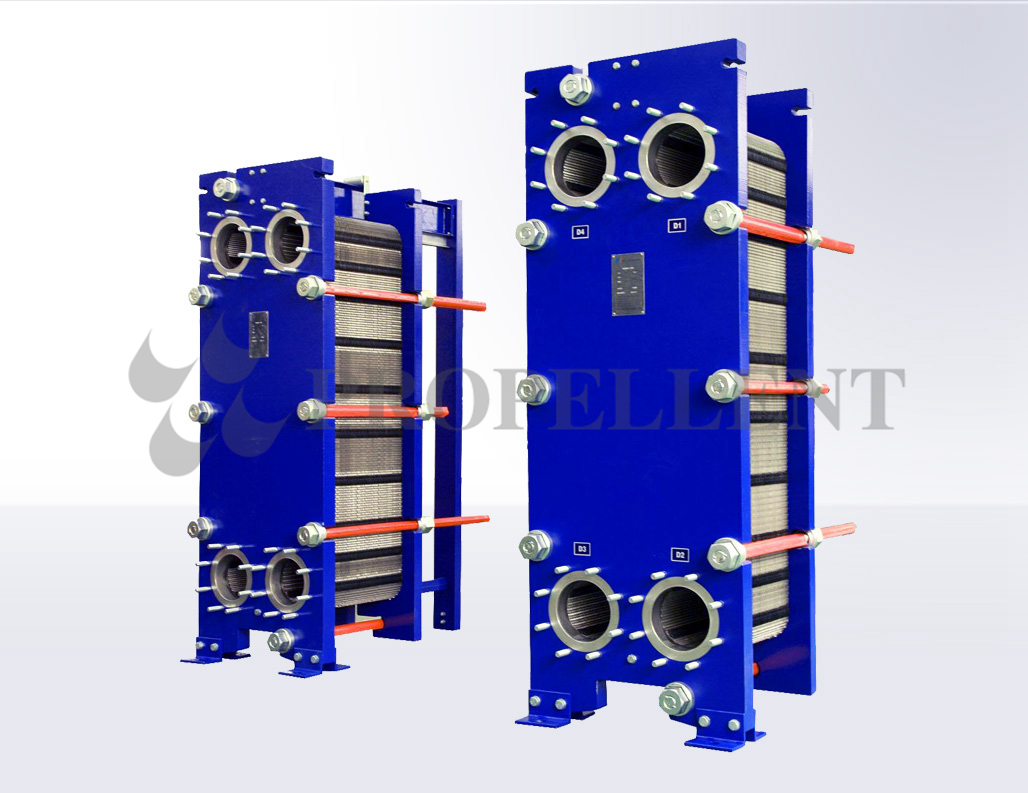Industry news
Heat exchanger technology Q & A
1. How is heat exchanger transmit the heat?
A: in the most common wall heat exchanger, it is mainly conduction and convection. Thermal fluid with convective heat to heat the way will be first to the side of the wall, and then will be in the form of conduction heat transfer from one side of the wall on the other side, and finally to heat convection to the other side of the wall and heat to the cold fluid, so as to complete the process of heat transfer in the heat exchanger.
2. What is the effect of medium velocity on heat transfer?
A: the higher the velocity of the medium in the heat exchanger, the greater the heat transfer coefficient, So increase the flow rate of the medium inside the heat exchanger can greatly improve the effect of heat transfer, but the negative effects of increased flow velocity is increased pressure drop through the heat exchanger, increased the energy consumption of the pump, so it is certain to should have the appropriate range.
3. How does the surface structure of heat transfer tube affect the heat transfer effect?
A: the use of special design of the surface of the heat exchange tube structure, such as fin tube, nail head pipe, threaded pipe etc, on the one hand, increase the heat transfer area, on the other hand disturbed flow on the surface of the special role greatly increases the fluid turbulence level outside the tube, both can improve the effect of the overall heat transfer in a heat exchanger, so the surface structure than the light tube surface performance.
Editor’s Note: This is a guest post from Wechat



